- Overview
- Diagnosis & Stages
- Causes & Risks
- Treatment
- Living With
- Complications & Related Conditions
- Caregiving
- Support & Resources
- View Full Guide
Which Exercises Are OK for Someone With Alzheimer’s?


Yes, You Can
Living an active lifestyle is good for everyone, including people with Alzheimer’s disease. Although exercise won’t cure the disease, it can improve a person’s mood, confidence, and self-esteem. It can also lower the risk of heart disease, some forms of cancer, and other ailments. Many activities are low-impact (which means they’re easy on your joints) and low-intensity (not too hard). They’re fun, too!
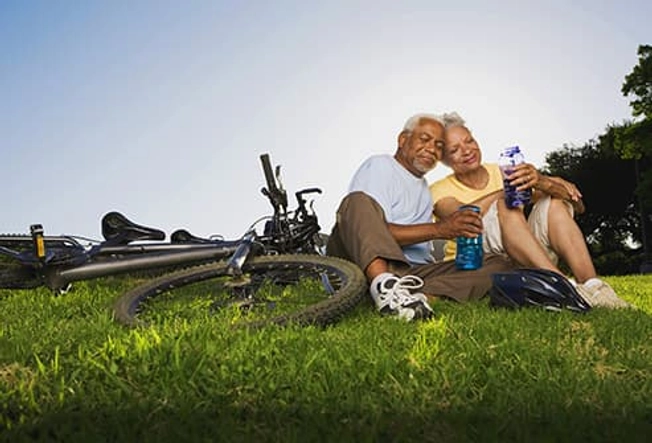
Why It Matters
Staying active is good for everyone, including people with Alzheimer's. It might slow down the disease while improving memory and mood, a 6-year-long study shows. It especially helps those in the middle stages of the disease live more independent lives. People who exercise regularly are less stressed, anxious, and depressed. Even in later stages of the disease, stronger muscles can help someone do more for themselves.

Getting Started
Just how much activity should someone with Alzheimer’s get? It depends on the person and what stage of the disease they're in. Check with your loved one’s doctor first, since they have a serious medical condition. Chances are, the doctor will be all for it. Start slowly, with 10-minute sessions at most. Make it something fun, and don’t overdo it.
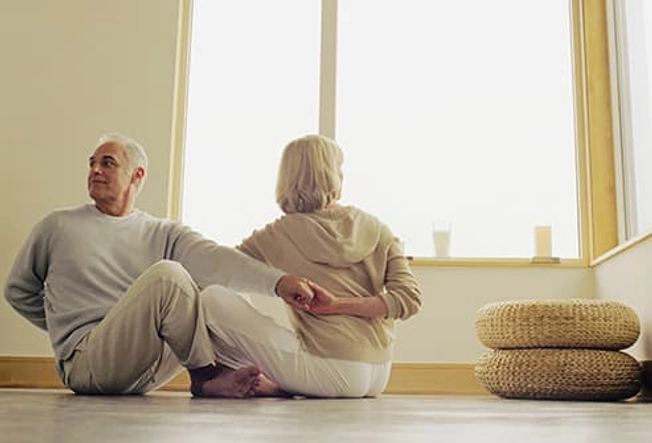
Warm Up
Light movements, such as walking or gentle stretches, get the joints and muscles ready. If balance is a problem, do warm-up exercises while seated. For instance, cross your legs and rotate your ankles 10 times in each direction. Also, clear away anything that might make someone trip, such as throw rugs, dog toys, and electrical cords.
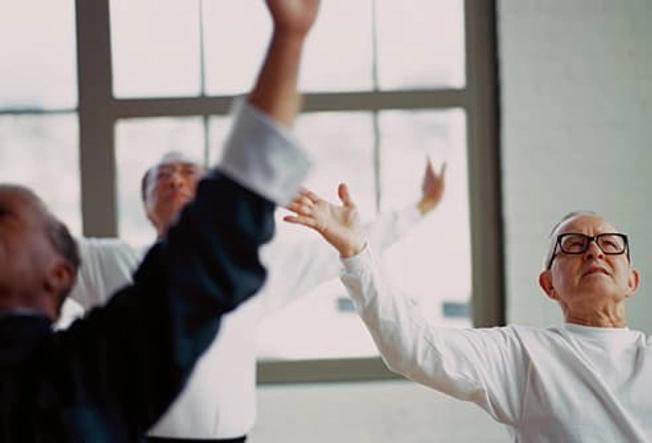
An Ancient Martial Art
Tai chi involves a series of gentle exercises and stretches. It can help a person think more clearly and bolster their memory. Plus, it’s easy on joints and can be done inside or outside. It can improve balance and strength, too. The classes are common at senior centers, rec departments, and gyms that are senior-friendly.

Keep a Green Thumb
Gardening is a great way to stay active outside. It also stimulates the senses, creates a sense of purpose, and can be a rich source of memories for people who love plants. Time tending a garden can soothe stress and lower blood pressure, too.
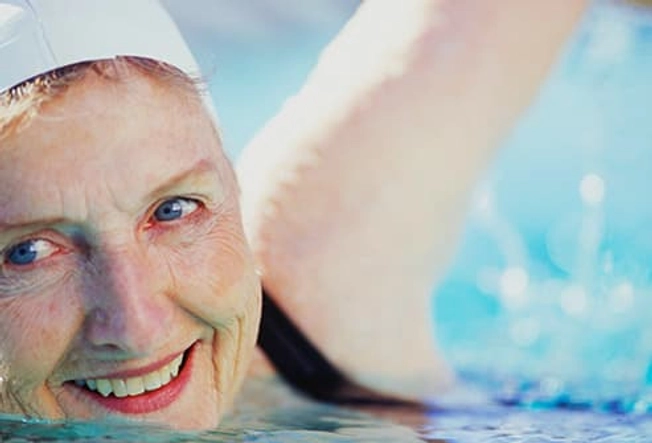
Hit the Pool
Whether you swim laps or do water aerobics, working out in water is a great choice. It’s good for the joints and can be relaxing. It's good for the heart, and the water’s resistance is strengthening. And classes are social, too.
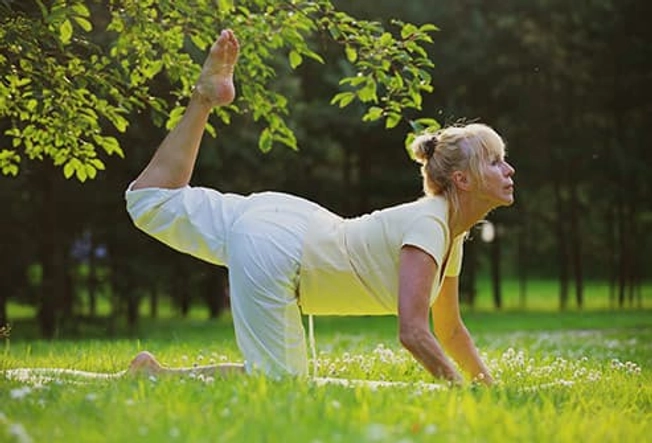
Peace of Mind
Yoga can ease stress and boost strength and flexibility. Researchers at UCLA found that people who did yoga for 3 months had better memories than those who did other “memory enhancement exercises,” such as crossword puzzles. Although the people in that study didn’t have Alzheimer’s yet, they did have symptoms than can lead to Alzheimer’s. Yoga made them less depressed, stressed, and anxious.
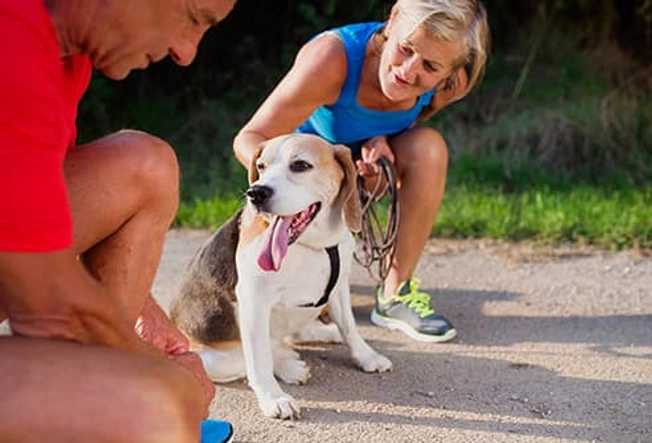
Walk This Way
Walking helps prevent heart disease, diabetes, among other conditions. It can also improve memory and thinking skills. A daily jaunt is a great way to add structure and routine to a person’s life. Those in the early stages of Alzheimer’s should be able to walk longer than those in later stages. To keep it fun, bring a buddy, take the dog, or listen to music.
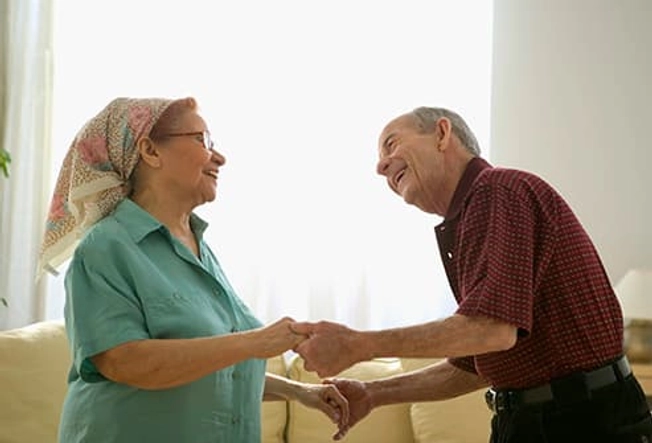
Go for Cardio
Aerobic exercise boosts blood flow to the parts of the brain that deal with memory. It also eases depression and anxiety and improves mood. Anything that makes the heart beat faster counts. If your loved one is in the early stages of Alzheimer’s, sweaty exercise might still be OK. For those in the later stages, something as simple as dancing can still make a difference.
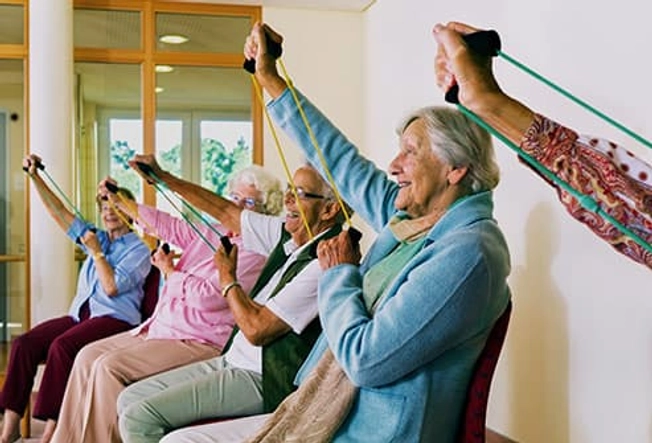
Chair Exercises
Even if your loved one might physically have a hard time moving, they can still exercise. The key is to get creative. Grab a chair, for example. A person can do all sorts of exercises while sitting down. They can fold their arms and twist their upper body. They can do arm raises and leg stretches. And they can push against the chair with their hands. Some people like to punch the air to the beat of their favorite tune, too.
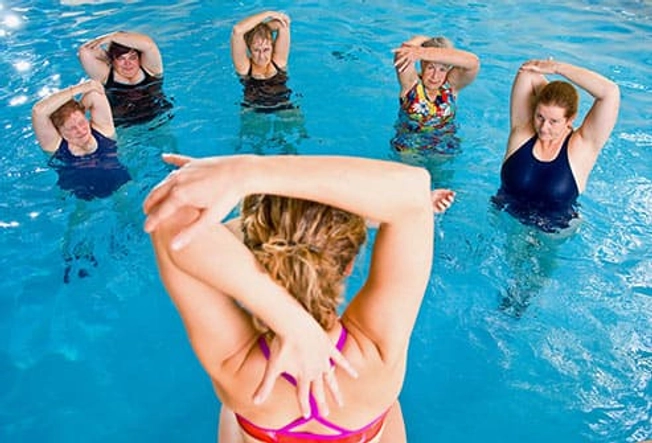
Where to Go
There are a lot of places to work out. There are gyms, of course. Yet many community and senior centers provide organized workout sessions that include tai chi, dance, lawn bowling, and even swimming and water aerobics. Your loved one can also work out at home. Movement is the goal -- wherever, whenever.
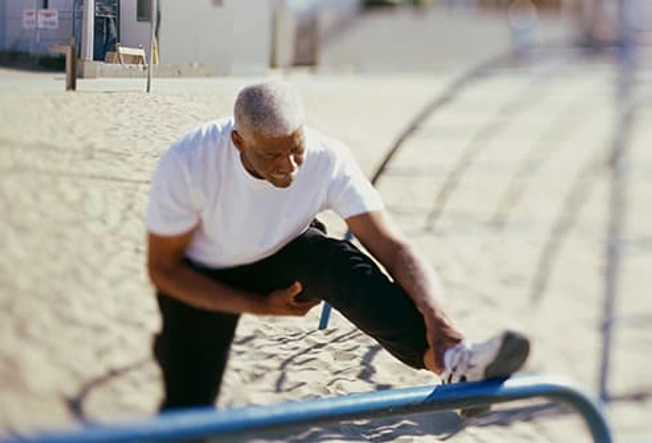
Stick With It!
It happens -- life gets in the way, especially when there's a major medical condition to take care of. So give it a few weeks and a new routine can become a habit. Set realistic goals. Try to work out for at least 30 minutes, 5 days a week. If that's not possible because of Alzheimer’s, remember that some activity is better than none.